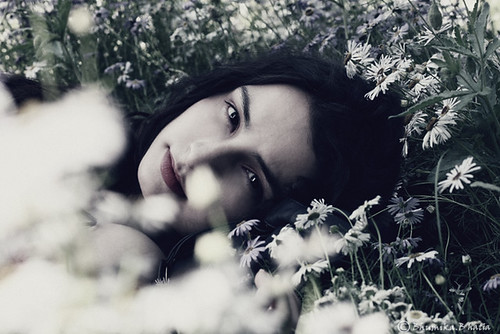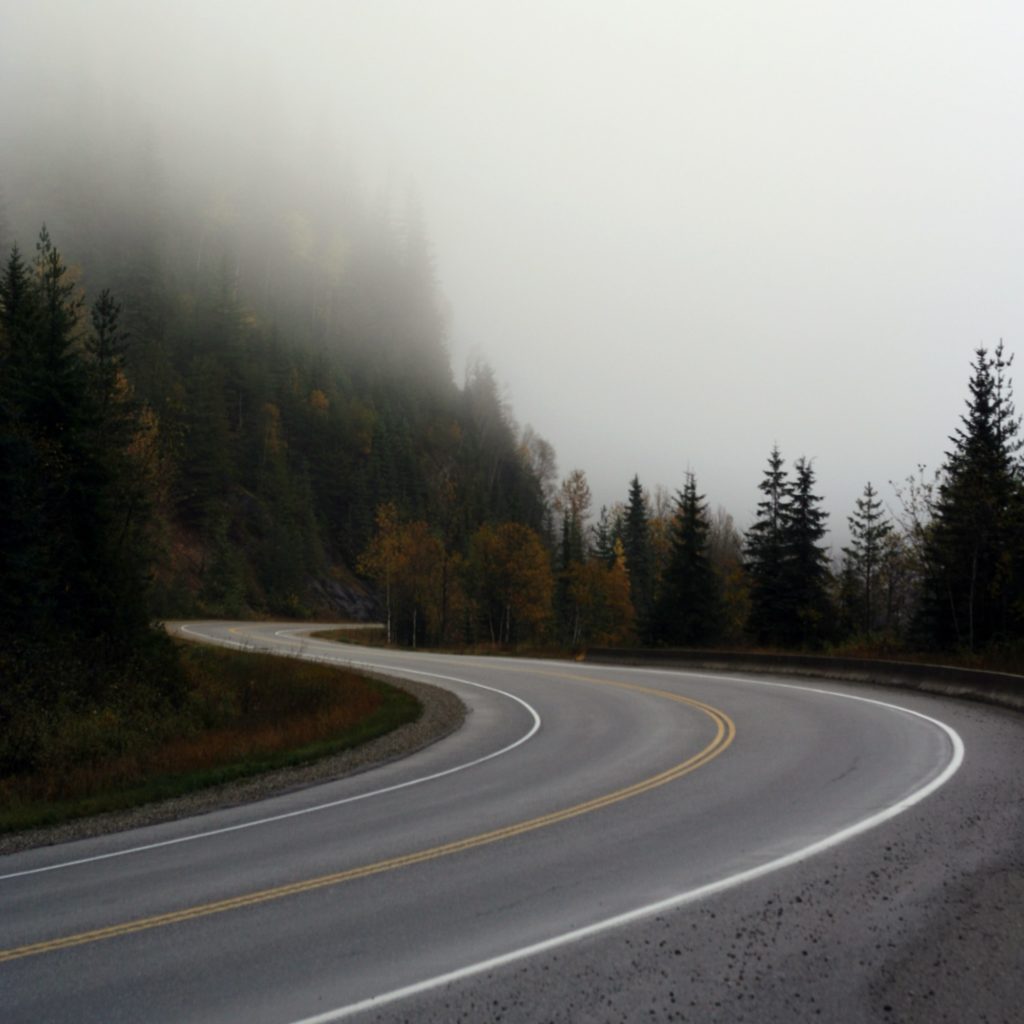When people hang works of art on the walls of their home, it’s not something they go about in haphazard fashion; they don’t just place a beloved painting or photograph into any old frame and throw it up on a randomly selected spot on a randomly selected wall. For most people, a lot of thought goes into all this. They want a nicely designed frame that in some way compliments the work it will house, and one that will also coordinate with the rest of the furnishings in their home.
It’s really just a way of drawing attention to a treasured piece of art, making it the center of attention to some extent.
Conceptually, this can also apply to the photographs we make; as you compose your shot, you can also frame it — use existing elements within your field of view to more or less embrace your main subject.
Framing is a tremendously easy compositional technique to achieve and carries with it the following benefits:
- Heightens the Viewer’s Interest – Everyone enjoys a bit of intrigue and mystery, an opportunity to have a viewing experience different from the norm. Thoughtful, clever, unique framing works to not only capture the viewer’s attention but, more importantly, to hold their interest for longer than a passing gaze.
- Emphasizes the Focal Point – Photos often contain numerous elements, and while any adept photographer can certainly convey the importance of his or her subject through the most basic of compositional techniques, framing serves as a means to supplement standard composition and further draw the viewer into the image. Boundaries can be important; using framing to emphasize the focal point allows the viewer to create a distinction between the subject and all the things surrounding the subject.
- Provides Context – Distinction, in reference to the previous point, doesn’t necessarily mean to disregard or dismiss the subject’s environment. When you frame your subject using objects present within the environment, you provide the viewer with contextual clues that may help to clarify their interpretation of what they are seeing.
- Enhances Depth – There are many ways to frame a shot, but regardless of how you choose to arrange everything in your image, the natural tendency is to use foreground objects to frame a subject. In such cases, you will find that the frame gives the scene a greater sense of depth and texture.
There really is no right or wrong to framing an image, yet there are certainly things that work and things that don’t. People, trees, doorways, walls, fenceposts — anything is fairplay when it comes to framing. Instead of thinking of it in terms of what you can or can’t use, should or shouldn’t use as a frame, you simply need to determine if the prospective frame will improve or diminish the shot.
It is very often true that less is more, and you wouldn’t want to ruin a perfectly good photo by cramming it with unnecessary visual elements. Ask yourself:
Will it clutter up the image, making the viewer feel claustrophobic?
Or…
Will it take my shot from an okay one to a great one?
Check out our article on using natural framing to enhance composition for a few more tips!







